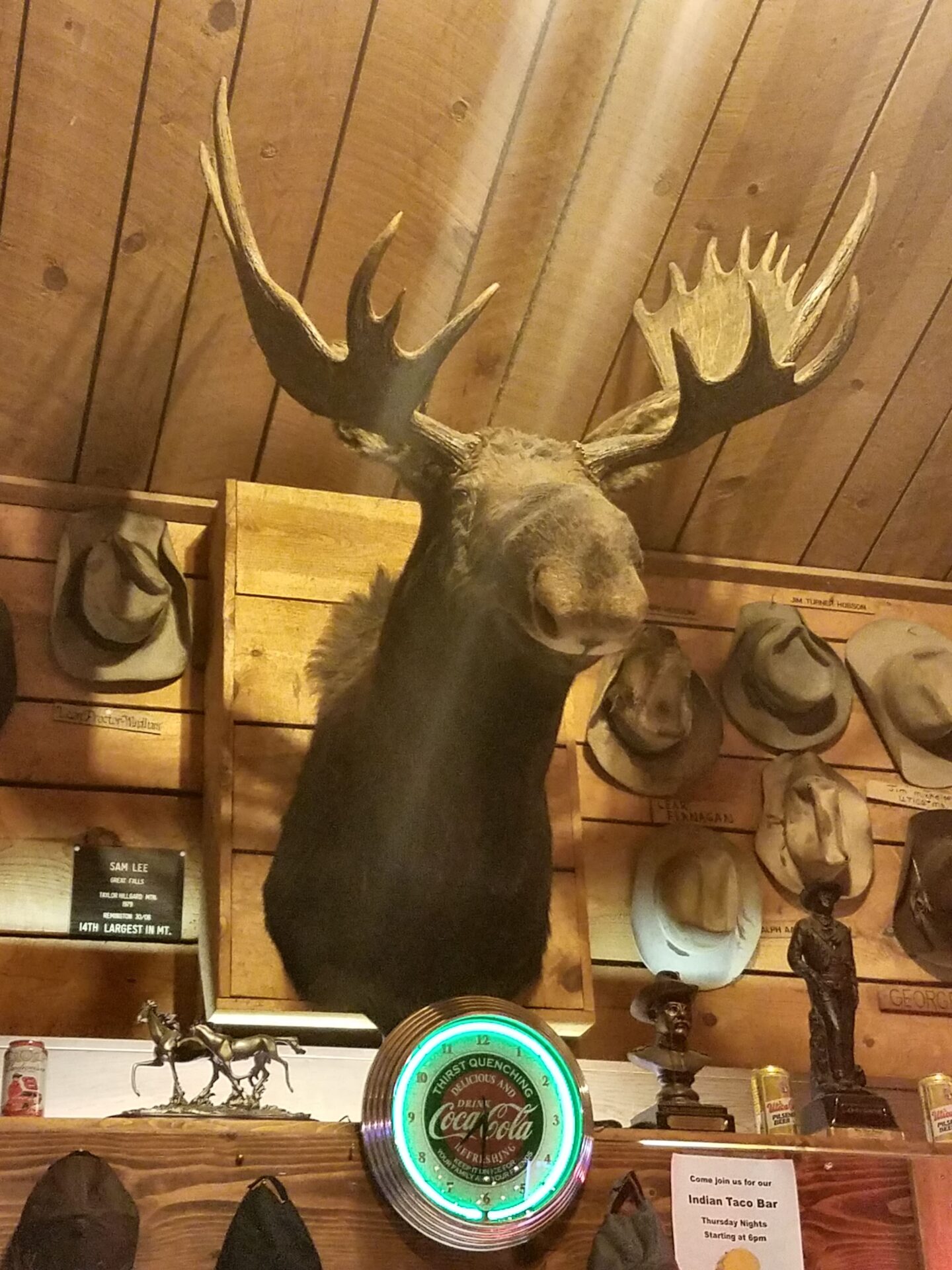The first known use of the term “taxidermy” is from 1803, by Louis Dufresne of the Museum National d’Histoire Naturelle in Paris. The word has Greek roots where “taxis” means an arrangement or preparation. And “derma” means skin. The history of preserving animal skins goes as far back as ancient Egypt. Royalty would have animals embalmed and buried with them; this early practice did not involve removing skin from the animals as is the norm today. Many of the earliest known examples of modern taxidermy are crocodiles. Like the 10-12 foot specimen found in the Museum at St. Gall in Switzerland, which has been on exhibit since 1627.
Since that time, most advancements in taxidermy have given specialists the ability to better represent animal skins in natural, sometimes majestic poses. Preserving animals was so common in the US and England during the 19th century. Most significant towns had a taxidermist. Long gone are those hay-stuffed trophies, as modern taxidermists utilize styrofoam sculptures. Upon which they apply preserved skins and lifelike false eyes.
Taxidermy’s Revival and Modern Competitions
The 1970s saw an American renaissance of the art form thanks to the formation of the National Taxidermy Association. And the famous trade publication “Taxidermy Review.” Issues of which are still sought after by taxidermists and taxidermy enthusiasts. More than ever, natural representations in taxidermy serve to capture a snapshot of natural beauty in what could describe as mixed-media sculptures. In addition, however, taxidermied animals are frequently used as hunting or fishing trophies. Thus, many taxidermists see it as a rich art form demanding study and practice.
The World Taxidermy & Fish Carving Championships take place in Springfield, Missouri. After two years off, they plan on holding their return in-person event in May of 2022. This competition is also a celebration of taxidermy and fish carving. Divisions include Youth, Novice, Professional, and Master’s, depending on experience and skill level. The tournament also features an “Interpretive Division” where artists are free to utilize animal skins in unnatural, abstract, or cryptozoological pieces. As an example, taxidermist Ken Walker, subject of the documentary “Big Fur,” submitted for competition a 12-foot tall interpretation of “Sasquatch,” adorning it with a variety of animal furs.
The art form of taxidermy is varied, deep, and often misunderstood. Does your family keep and display any taxidermied animals in your home?



